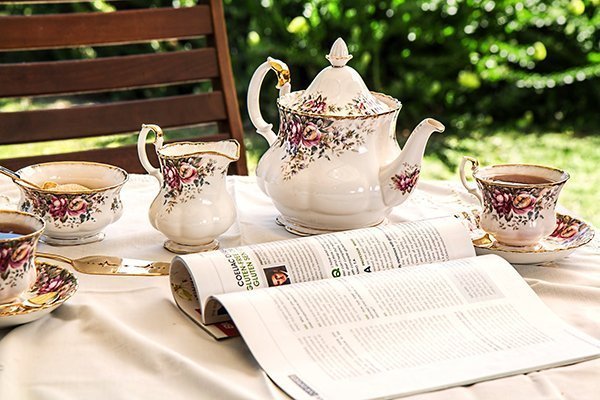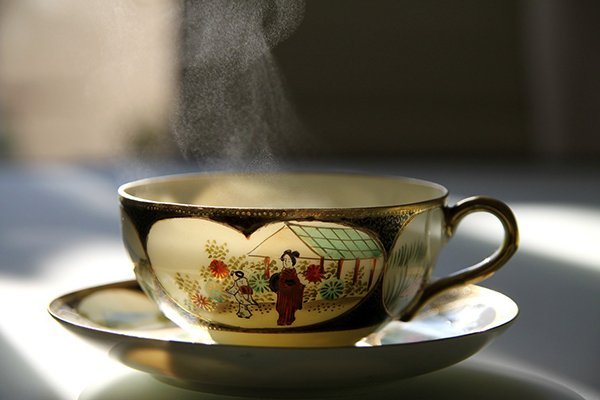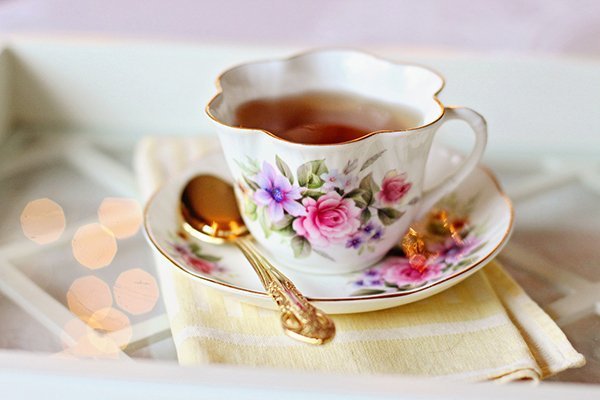
Europeans like drinking black tea very much, and their black tea teawares are very delicate. Although black tea is recognized as originating in China, there is no doubt that black tea truly complete development after crossing the ocean to Europe.
However, the evolution of drinking methods, rituals, steeping ways, and teaware can be said to dominated by Europe after black tea arrived; With the development of western culture and modernization, black tea becomes what we know now.
Oriental teaware arrived in Europe
According to various records, the earliest introduction of porcelain into Europe can be traced back to Marco Polo’s visit to China in the 13th century. He surprised European royalty when he returned to Italy with a grey-green porcelain pot.
However, from art turn to daily necessities, porcelain starts to be really popular was in the 16th and 17th centuries AD, with the reason for the tea rising up in Europe.
Especially in the 17th century, with the flourishing of the Dutch, British and Portuguese trading fleets and the introduction of a large number of Chinese porcelain, porcelain teaware became more and more popular. And because of the demise of the Ming dynasty, the export was interrupted for a time, and Japanese porcelain began to take a place in the field of European porcelain.
So, in the tea trend that began in the early 17th century, most teawares used by Europeans were teapots and cups imported from China and Japan.

At that time, in addition to existing products of Chinese and Japanese origin, importers also began to ask porcelain manufacturers in both places to make teawares of European style.
According to historical data about black tea, the teaware used at that time, the teapot was shaped like a Chinese teapot, but the teacup with no handle and a “saucer” underneath.
It is generally believed that this design is based on “saucer” commonly used in China and Japan, but the shape is larger than the saucer and deeper, and the capacity is even the same as the teacup. So guess it was because the tea was too hot, people had the habit of pouring it into the saucer to cool it before drinking it. It may sound crass, but it was once a popular way to drink tea.
The Birth of Europe Local Black Tea Teaware
From that time, Europe began to realize that it was too dependent on imported teaware from China and Japan. So, in the same way of black tea, Europe began to invest a lot of money in developing high-quality homemade porcelain, but it often failed.
Till 1709 that Ehrenfried Walther von Tschirnhaus, a mathematician and chemist, and Johann Friedrich Bottger, an alchemist, successfully developed Europe’s the first white hard porcelain in the alchemy laboratory built by King Auguste ii of Poland.
In 1710, the Meissen porcelain kiln was founded. After that, other European countries followed suit. By the middle of the 18th century, European countries were able to produce their own porcelain, leading to the further development of black tea teaware into a more suitable form for European custom:

For example, handles began to appear on teacups. In fact, cups with handles had been used in Europe for a time, but it was not until this time that they became popular. At this time, the cups became easy to hold and the saucers became flatten.
At the same time, there are more and more different teawares appear, such as saucers, teapots, hot kettles, measuring teaspoons, filtering spoons, milk cups, trays, dessert plates, even hourglass, and tea bell are developed, it forms a complete and exquisite teaware system.
And because of different tea drinking habits in different countries, in the shape of the use of a little change, such as Russian “samovar“, Turkish “çaydanlık.”
The patterns on the tea set are gradually getting rid of the Chinese and Japanese styles, and they begin to use the natural flowers and animals patterns favored by Europeans, as well as the pictures and texts of Greek and Roman architectures. The “Renaissance” time of the teaware began.
No comments:
Post a Comment